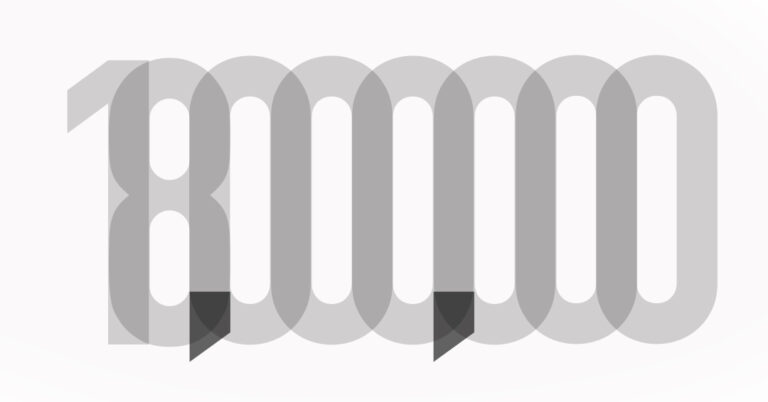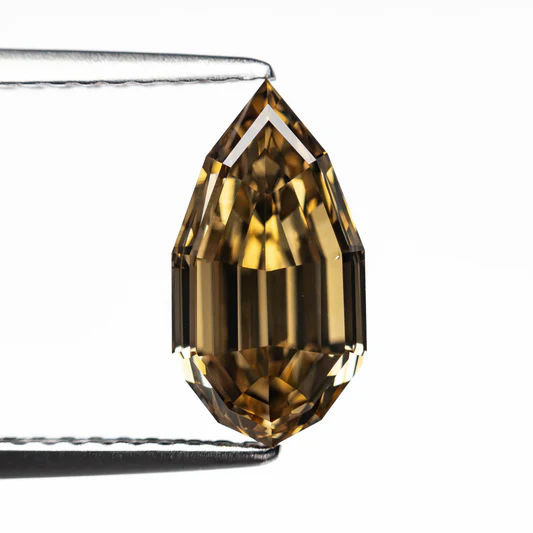Vieilles Vignes Françaises 2014, the secret outcome from a year of contrasts, and the embodiment of two plots that miraculously survived phylloxera. [read the full champagne story]
Estimated reading time: 5 minutes

« From Champagne’s ungrafted vines, Bollinger Vieilles Vignes Françaises 2014 is now launched »
Champagne Club by Richard Juhlin

Vieilles Vignes Françaises : the eternal taste and soul of Champagne
The Vieilles Vignes Françaises are intrinsically linked with Champagne Bollinger’s history. In the ungrafted vines, there is a memory that was almost lost: an extraordinary, moving reminder of our cultural heritage, of the Champagne region before phylloxera. Miraculously, two plots survived this outbreak, Chaudes Terres and Clos Saint-Jacques in Aÿ. Maison Bollinger’s Vieilles Vignes Françaises are made exclusively from these legendary parcels.
Both are classified as Grand Cru and are still grown in the old en foule way, using a traditional layering method known as provignage.This technique, which has been meticulously passed down, helped Maison Bollinger achieve the label Entreprise du PatrimoineVivant (Living Heritage Company or EPV) in 2012, an official recognition for French companies that demonstrate exceptional artisanal and industrial expertise.
‘Those who have the privilege of tasting Vieilles Vignes Françaises will rediscover the taste of the very first champagnes. It’s an authentic taste, which the Maison has been refining since 1969, and the first vintage from this cuvée.’
Charles-Armand de Belenet,
Managing Director of Champagne Bollinger

2014 Bollinger ‘Vieilles Vignes Françaises’
99(99)p
100PN
aprox €2,000
TASTING NOTE Champagne Club by Richard Juhlin – ‘How long will we be able to enjoy this treasure? You are well aware that the phylloxera louse can any day crawl under the gate and in a flash destroy the two fragile slabs of Clos Saint-Jacques and Clos Chaudes-Terres in Aÿ. This impermanence makes the wine even more treasured and unique, as if its stratospheric quality weren’t reason enough to hold the world’s finest Blanc de Noirs in high esteem. Tasted directly after the mellow La Côte aux Enfants from the same vintage, I was prepared for VVF to be beaten for the first time by its sibling wine from the same village. When I finished tasting it was clear that I had just tasted the perfect champagne in its style.
The champagne combines the honeyed concentration of a Château d´Yquem with the buttery nutty power and sophisticated richness of a Montrachet from Comte Lafon. But my God, Juhlin, it’s Pinot Noir. Yes, but the fabulous creation is more reminiscent of the mentioned wines than of a big red Burgundy this time. I don’t really know why 2014 was so perfect for Bollinger. Perhaps one has become even more skilled at maneuvering all the details that give a perfect VVF, or does the old theory apply that naturally masculine Bollinger is often at its best in slightly lighter and elegant vintages? In any case, this is a colossal wine experience!
The wine belongs to the small few who act with such self-evident weight that comments and comparisons feel redundant. The color is deep golden and the extremely small bubbles move slowly up through the glass. The bouquet is rich, dense and powerful like a rumbling thunderstorm in the distance. Filled with honey and hazelnut essence and screaming scent of honeysuckle. In the mouth you are met by an oily and creamy essence of dark fruit, 70% chocolate from Domori and licorice with the same grilled lemons and apricot marmalade I find in all Bollinger’s wines from 2014. Monumental, long, dense and unreal wide like a parade street in Buenos Aires. Drink soon or wait ten years for the next phase. Just as with La Côte aux Enfants, there is a high risk of tunnel behavior for a few years.’
Right now pure happiness in a champagne glass!
Champagne Club by Richard Juhlin

Champagne Bollinger’s historic ungrafted vines
Bollinger Vieilles Vignes Françaises is today a symbol of a bygone era and a reminder of what once was. The name Vieilles Vignes Française means “old French vines” and refers to the two very small vineyards that produce the wine. A stone’s throw from the house in Aÿ, protected only by stone walls, are the house’s two remaining ungrafted vineyards, Chaudes Terres and Clos st Jacques.
When the wine louse invaded the region at the end of the 19th century, the entire wine production was paralyzed. It quickly became clear that all the vines needed to be replanted using American roots, which were immune to the vine louse, in order to survive. With a few exceptions and at Bollinger, the exceptions are Grand cru estates Chaudes Terres and Clos St Jacques.
The vineyards are planted “en foule” and cultivated using a traditional method known as provignage, which makes the vineyards look very wild compared to the modern tied up logs. All work in the vineyard is done by hand, sometimes with the help of horse and cart. It is not only in the vineyards that manual craftsmanship takes place, but it permeates everything that is done, from the vineyard to the cellar with, among other things, fermentation in old oak barrels as well as ridding and disgorging by hand.
Until 2004, Bollinger had three vineyards with ungrafted vines in his possession but during that year La Croix Rouge in Bouzy was affected by phylloxera after the harvest. The two remaining vineyards are walled and thus more protected. The fact that the vine louse has not found its way here, when it has ravaged freely on the other side of the wall since the late 1800s, is probably due to the vineyards’ unique soil and climate conditions, which mean that phylloxera does not thrive there. However, it is uncertain how long these historic Bollinger-owned vineyards will remain untouched by the merciless wine louse – only time will tell their future.

| Composition | 100% Pinot Noir |
| Origin | 100% Grand Cru from Aÿ |
| Vineyard | 100% Maison Bollinger vineyard |
| Dosage | Moderate, 6 grams per litre |
A newfound identity, rooted between tradition and modernity
When designing the identity for this new Vieilles Vignes Françaises vintage, Champagne Bollinger focused on the authenticity of the two sur viving plots. The design of the 2013 vintage is based on the traditional aspects of the cuvée and portrays the Maison’s exceptional historical heritage.
The French flag and the central motif of vines planted en foule are also symbols from the cuvée which have made their way onto the label’s more contemporary design. The level of detail is a work of art, reflecting the dedication to these legendary plots, from tending to the vine to producing the wine. Each bottle is numbered, and the design is applied by hand.
Further elements of Champagne Bollinger’s heritage are highlighted on the innovative case, which was developed with the Maison’s environmental values in mind.
Drawing inspiration from the past to pave the way for the future, Vieilles Vignes Françaises is presented in a case that has been designed with a strong focus on sustainability:
- Mono-material – 100% oak.
- Wood sourced from sustainably managed forests.
- Technically innovative hinges made solely from wood.
- Pioneering closing mechanism that complements the case design.
This case proves the Maison’s ability to propel a traditional cuvée into the future, while preserving the taste of champagne from a bygone era.





